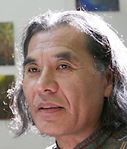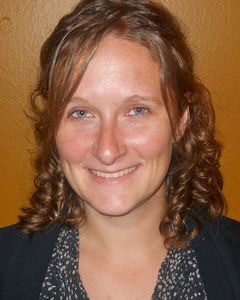Friday Profile: Thurnau Professor Steve Skerlos
Steve Skerlos, Thurnau Professor of Mechanical Engineering, has become so well known among his colleagues as a deeply engaged and innovative teacher that his name has become for many of them a synonym for pedagogical success. His department has developed their own playful terminology: a “Skerlosian Effort” indicates a high score on the “Skerlosian Scale” of teaching effectiveness.
 Professor Skerlos’s own Skerlosian Efforts are many and lasting; students past and present enthusiastically describe the long-term impact he has had on their academic and professional lives. In describing his teaching, they regularly mention his passion, his ability to teach to a range of learning styles, and his sensitive mentoring. Students and colleagues alike praise Skerlos’s model of “learning through doing”—his drive to enable students to become engineers by working as engineers, side-by-side with their professor.
Professor Skerlos’s own Skerlosian Efforts are many and lasting; students past and present enthusiastically describe the long-term impact he has had on their academic and professional lives. In describing his teaching, they regularly mention his passion, his ability to teach to a range of learning styles, and his sensitive mentoring. Students and colleagues alike praise Skerlos’s model of “learning through doing”—his drive to enable students to become engineers by working as engineers, side-by-side with their professor.



 And Orr himself continues to be an extraordinarily innovative teacher. Honored in 2012 with an
And Orr himself continues to be an extraordinarily innovative teacher. Honored in 2012 with an  CRLT's latest Occasional Paper, "Teaching in the Cloud: Leveraging Online Collaboration Tools to Enhance Student Engagement," has just been released. A collaborative effort by CRLT Assistant Director Chad Hershock and U-M Political Science and Philosophy Professor Mika LaVaque-Manty, the paper describes how a wide range of instructors at Michigan use online collaboration tools to enhance student engagement and course management.
CRLT's latest Occasional Paper, "Teaching in the Cloud: Leveraging Online Collaboration Tools to Enhance Student Engagement," has just been released. A collaborative effort by CRLT Assistant Director Chad Hershock and U-M Political Science and Philosophy Professor Mika LaVaque-Manty, the paper describes how a wide range of instructors at Michigan use online collaboration tools to enhance student engagement and course management. 


